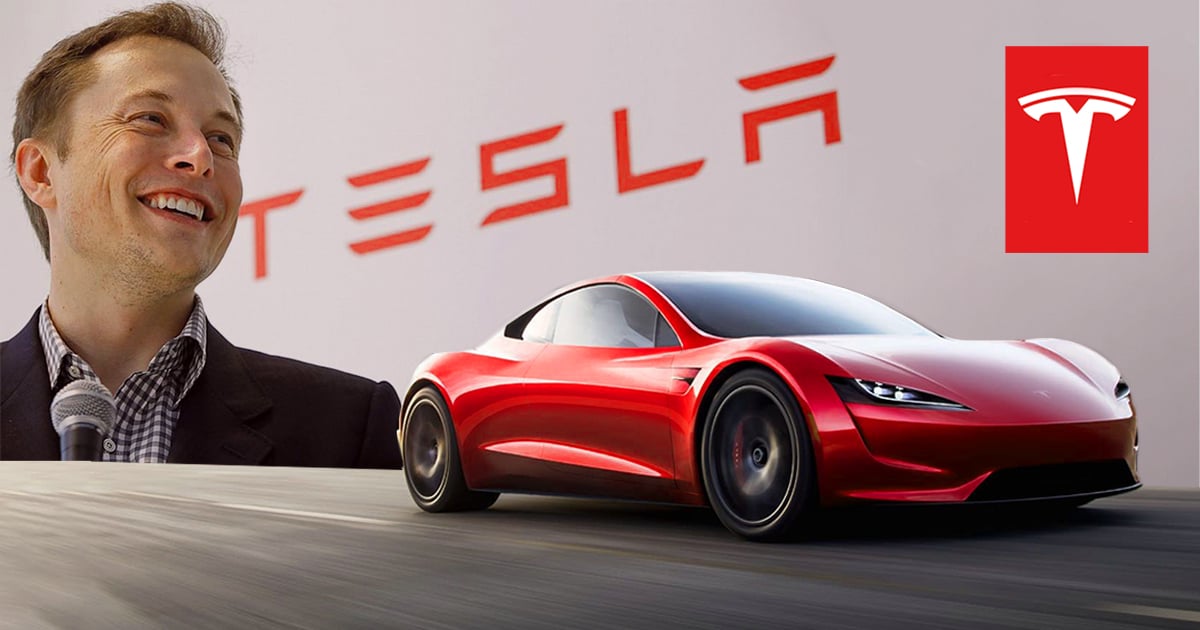Tesla Earnings Call: Q4 Hurdles Ahead, Robotaxi Hope
Tesla reported Q2 revenue of $22.5 billion, down 12% year-over-year and below analyst expectations of $22.64 billion.Adjusted EPS came in at $0.40, down 23% year-over-year, missing estimates of $0.42.

Tesla reported Q2 revenue of $22.5 billion, down 12% year-over-year and below analyst expectations of $22.64 billion.
Adjusted EPS came in at $0.40, down 23% year-over-year, missing estimates of $0.42.
Following the release, Tesla shares fell over 7% in early trading.
🔍 Key Highlights and Tesla Q2 Earnings Call Summary
🚙 Automotive Business: Q4 and H1 2025 May Be Challenging
Tesla management warned that due to the end of the $7,500 EV tax credit under the IRA Act on September 30, the company may face significant headwinds in Q4 2024 and Q1–Q2 2025. Revenue from regulatory carbon credits is expected to drop sharply.
In addition, retaliatory tariffs have raised Tesla's costs by approximately $300 million, with the impact gradually surfacing in coming quarters.
A pre-deadline EV purchase rush may occur in Q3, followed by potential delivery delays after late August.
Elon Musk acknowledged short-term pain but projected substantial improvement in revenues by late 2026 when autonomous driving reaches scale. He said Tesla expects to enable fully automated product shipping from Bay Area factories by the end of 2025. Similar automation is also planned for Europe.
Despite Musk’s personal image setbacks affecting the brand, Tesla’s product appeal remains strong—Model Y was the best-selling car in Turkey, the Netherlands, Switzerland, and Austria in June.
🤖 Autonomy and Robotaxi: Adoption Grows, Service to Expand Tenfold
FSD adoption in North America has risen 25% following the rollout of versions V12 and V13. Tesla’s safety report shows that FSD-enabled vehicles are 10 times safer than non-FSD vehicles. Unsupervised FSD for individuals is expected in select regions by end-2025.
In Austin, Robotaxi service has already expanded, and Tesla aims to increase coverage by more than tenfold. By year-end, the service may cover areas where ~50% of Americans live.
To date, Robotaxi has not encountered any major incidents. For safety, Tesla caps vehicle speed at 40 mph, with emergency braking enabled for overspeeding.
CyberCab, a model designed specifically for Robotaxi use, is projected to lower per-mile costs to $0.30—or even $0.25. Its financial impact should become evident in earnings reports by late 2026.
Musk said Tesla will allow private vehicle owners (regardless of brand) to join the Robotaxi fleet starting in 2026, improving affordability. Like Airbnb, car owners can earn income while away. Entry requirements will apply.
Tesla management emphasized that compared to Waymo's reliance on external sensors, Tesla’s strength lies in superior AI-assisted driving.
🦿 Optimus Robot: Highly Capable, Mass Production in 2026
Optimus V3 is considered Tesla’s most refined humanoid robot yet, boasting high flexibility and degrees of freedom, enabling it to execute virtually any desired task.
Tesla aims to begin mass production of Optimus in 2026. Musk projected that by 2030, monthly production could reach 100,000 units.
🚗 Affordable New Model: Launch Expected in Q4
Musk confirmed that a new, more affordable model began production in June and will gradually ramp up, initially in North America. Q3 will focus on pushing current model output, while Q4 will feature the official debut of this budget-friendly vehicle.
🔋 Megapack Energy Storage: Short-Term Policy Headwinds, Long-Term Growth
Due to subsidy cuts on solar projects under the OBBB Act, Tesla’s energy business saw year-over-year revenue decline in Q2.
Management reaffirmed Megapack’s value in boosting efficiency and aiding grid operations. With the rise of AI and large data centers, energy demand will soar—creating strong long-term growth prospects for storage.
Tesla is investing heavily in U.S. domestic manufacturing to offset tariffs. Its first LFP battery plant is scheduled to launch by year-end, and a third global energy gigafactory will begin construction in Houston by 2026.
💻 Dojo Supercomputer: Scaled Launch Expected Next Year
Musk said Tesla’s third-generation Dojo chips—and its AI6 chips—are already integrated into Tesla vehicles and Optimus robots. Some units contain two chips, others five or even 12. Dojo is expected to begin scaled operations sometime in 2025.
🧠 xAI: Competing for Top AI Talent
Musk explained that many AI engineers prefer working on artificial superintelligence (ASI) projects. Rather than losing them to competitors like OpenAI, Tesla launched xAI to attract such talent internally.
Disclaimer: The views in this article are from the original Creator and do not represent the views or position of Hawk Insight. The content of the article is for reference, communication and learning only, and does not constitute investment advice. If it involves copyright issues, please contact us for deletion.